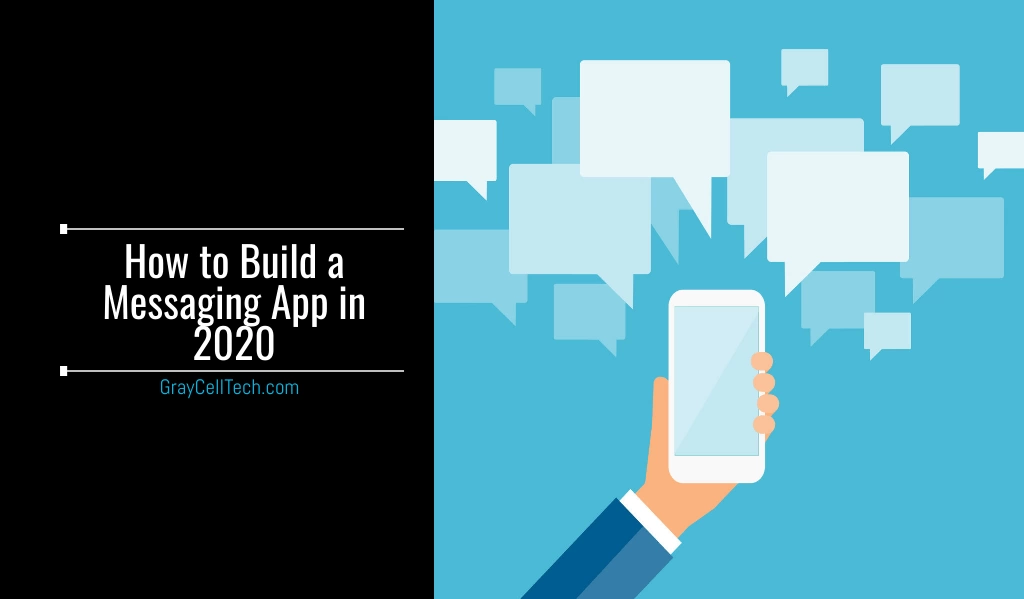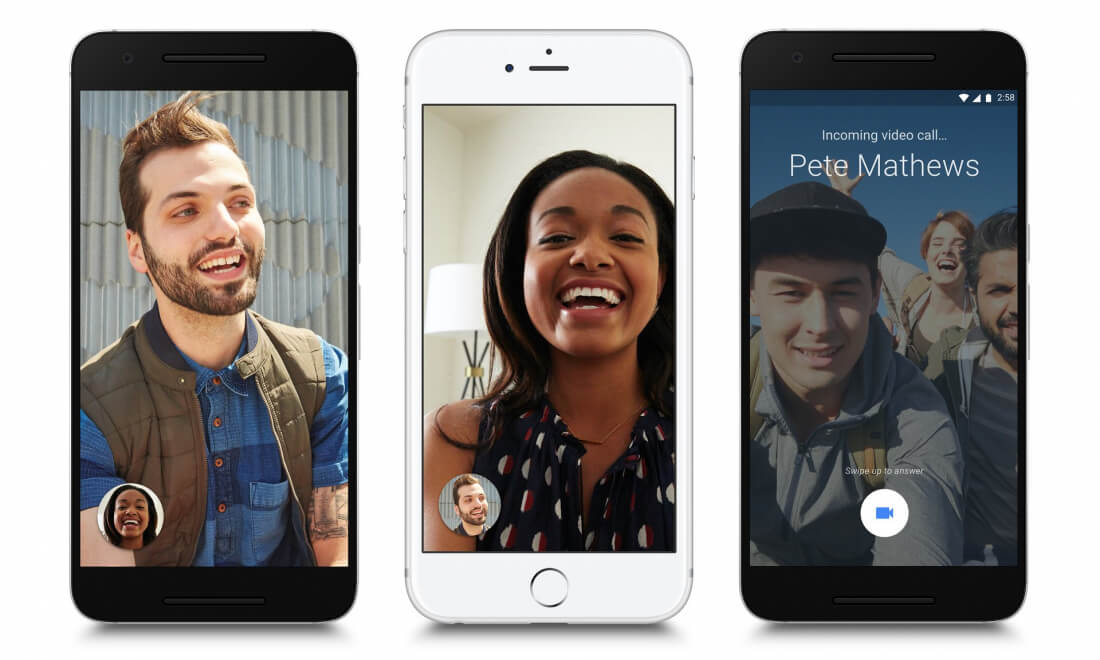“Based on the July 2020 report of Statista, WhatsApp and Facebook Messenger were the two most popular apps around the world with 2 billion and 1.3 billion users respectively every month.”
Apps such as WhatsApp, Facebook Messenger, and Telegram are quite popular in the market. Apart from communicating with family and friends, they help in expanding businesses. If you are an entrepreneur and want to enhance your business, you can consider building your messaging app with the following steps:
- Thoroughly analyze the market and your competitors.
- Identify the USP of your app.
- Define your business objectives and expectations.
- Select the right software development vendor.
- Enlist the features of your app for the first version and the final product.
- Design a user-friendly messaging app, i.e., UX/UI interface.
- Get involved in your chat app development process.
- Strategize the marketing approach.
- Test, deploy, and launch your chat app to the app stores and your target market.
- Connect with your app users, gather feedback, and further plan for app scaling and product evolution.
Note: You can tweak these steps based on your app requirements and timeline.
In this blog post, we’ll share some more information about the messaging apps that must be considered during your chat app development process.
Messaging App Features
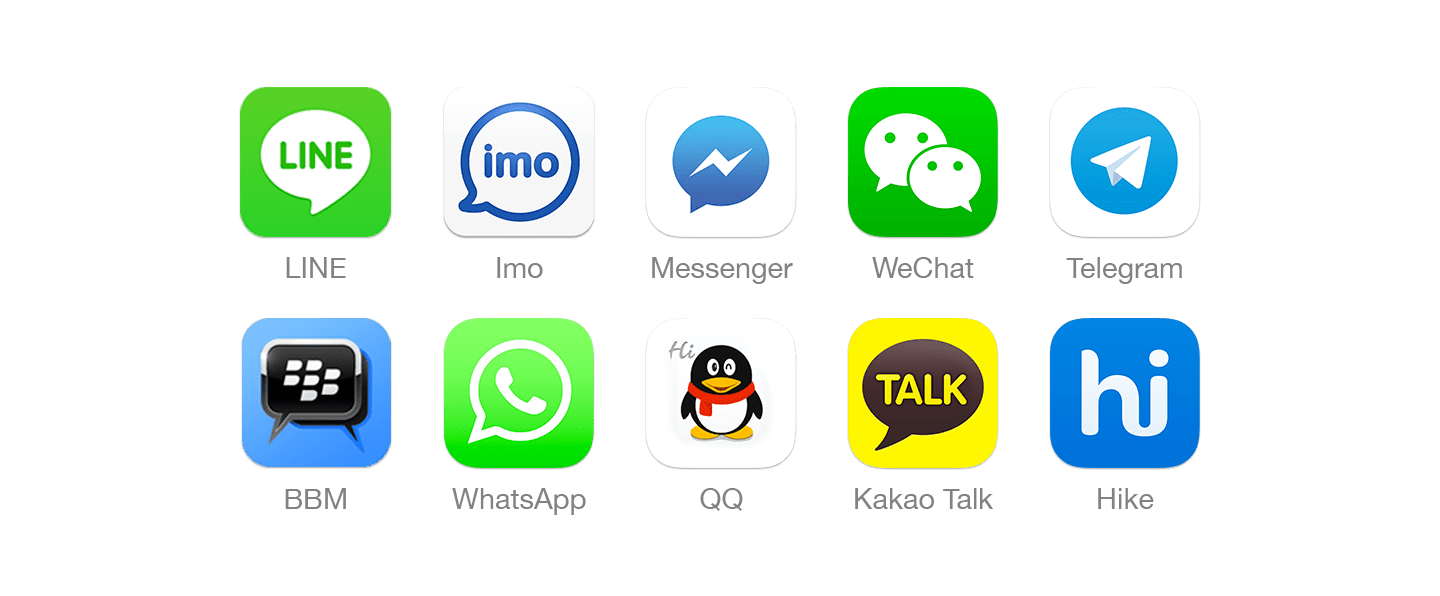
- Basic Features
Let’s take a look at the essential features of messaging apps.
#1. Sign In
Users can pass the authorization door of your product via any of the three options – phone number, email address, or social media account. Messaging apps that are used worldwide (such as WhatsApp and Telegram) are mostly based on phone numbers.
#2. Profile Settings and Customization
Users must be able to turn off notifications whenever they are busy. They should also be able to change their profile pictures to express themselves.
Moreover, developers can include the blacklist option and group favorite contacts to their app functionality.
#3. Messages and Group Chat
Chatting MVP mainly focuses on exchanging information such as audio, texts, photos, and videos. You may use various technologies (like cloud server) to empower this feature.
#4. File Exchanges
Users can share files like text documents, full-sized photos, and electronic tickets using the app rather than emailing clients regularly.
Apps allow users to attach files to their messages and create a chat room website that can engage the business sector.
#5. Contacts Import
Apps must provide users the reason why they should use your products, showing them their friends and colleagues who use the tool. Features like automated social network connections and phone book data export can save users’ time.
It is a good idea to provide users with an option to send invites to their friends.
#6. Location
Apps must enable users to share their location and send information, such as the next meeting point, or showing something on the interactive map. Therefore, your app must interact with in-built smartphone GPS tools.
#7. Secret Chats & Data Encryption
Developers use two common approaches to prevent messaging apps from cyberattacks. They incorporate secret chats with an extra level of security based on
- Dynamic data encryption technology, and
- Cloud messaging
#8. Push Notification
It is an essential feature that must be implemented while developing the MVP. It enables messenger and its users to communicate directly. These messages can keep users active within the app and inform them when new messages have arrived or someone comes online.
- Advanced Features
Let’s dive deep into the ideas of scaling your messenger.
#1. Video & Audio Calls
Although users can use regular mobile networks and other video chat tools for calling, you can keep this functionality inside your app. In this way, you can satisfy customer needs with one convenient product. Since video calls require a lot of power, you must develop this feature only when you can maintain high-quality communications.
#2. Stickers
You can add stickers to your standard set of features. It will help users to add emotions to their communication. Messaging apps like Viber has even allowed users to add their own stickers. In this way, users can add a unique touch before sending a message.
#3. Self-destructing Stories
Snapchat developed this feature for destructing temporary status (i.e., in the form of text and animation) after a certain time period. Just like other popular instant messengers, you can also integrate this feature into your chat app.
#4. Chatbots
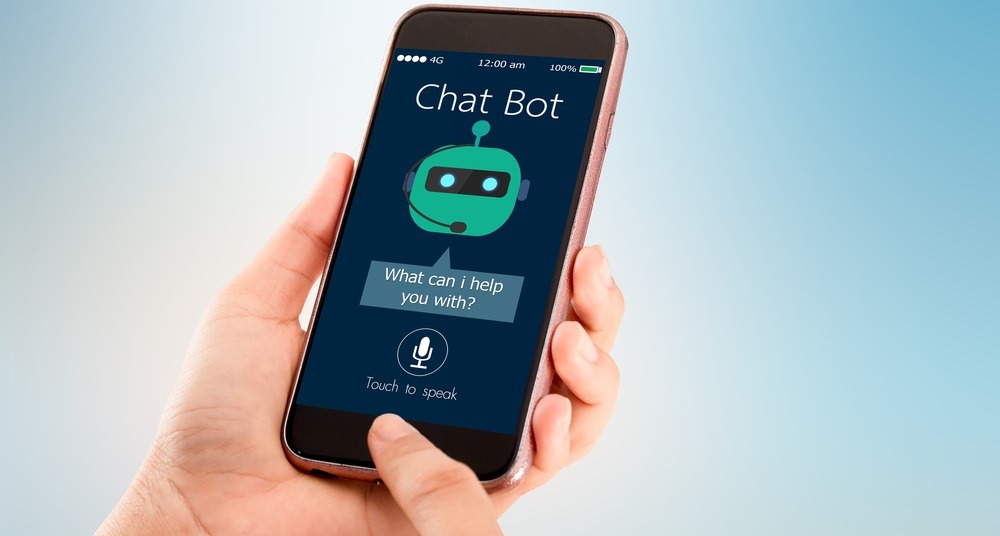
A chatbot is not only a marketing tool but also an option for third-party companies to reach out to users through native ads. From booking a movie ticket or purchasing anything via chatbot, users prefer to save their time.
#5. Public Channels
Nowadays, most messaging apps include this feature. You can also plan to implement public channels to beat your competitors and lure users who can generate content and a new audience for your product.
#6. In-app Games
Although a small proportion of the audience play games within messaging apps, games are still a way to retain the user’s attention. You must show users more advertising and get profit from cooperation with companies.
Money Making Ideas For Messaging Apps
Let’s understand how to generate revenue with a messaging app.
#1. Advertising
In-app advertising is a good approach to earn money from a messaging app. It offers a better solution to grab users’ attention. For instance, Viber displays targeted ads and messages. However, users do not prefer messengers with invasive ads. Therefore, advertising might make a few dollars, but it will also annoy users. To resolve this issue, you can offer to disable advertising at a cost.
A built-in ad is another way of advertising. For instance, Snapchat offers a Snapchat Ad Manager – the self-server ad tool that shows full-screen vertical video ads (10 seconds long) which appear in Snapchat stories. The built-in ad offers a good advertising channel for marketers and reaches an active user base as the app is used daily by numerous people.
#2. Subscription Fee
The subscription fee is paid by customers to access an app. This monetization strategy was initially used by WhatsApp. It charged a cost of $0.99 per year after a free trial of one-year. If the user base is large, subscriptions can bring substantial revenue. At present, most of the messenger apps are free; however, subscription fees may prevent more people from using the app.
#3. Sponsorship
You can provide users with rewards for completing certain in-app actions. For this, you need to partner with advertisers and gain inclusion in the app by funding rewards for users. In this way, users can earn rewards by engaging more with the app. Messaging apps can earn money by taking a share of the revenue from redeemed rewards.
For example, you can use branded stickers to promote branded products such as upcoming movies. Among all monetization approaches, this approach is more likely to be received by users due to its relevance. This strategy is related to the main purpose of the messaging app.
#4. In-app Purchases
You can ask users to pay for extra features like paid stickers. Messengers often include paid stickers as it is the main source of revenue. Also, this monetization strategy is beneficial for both users and entrepreneurs.
Apart from stickers, the messenger can also sell some other customization options – wallpapers, filters, and themes.
Moreover, revenue is provided by in-app purchases of in-game items or currency. In short, games are a major source of revenue for messaging apps.
Challenges of Developing a Messaging App
Let’s now list down the challenges that developers face while creating a messaging app.
#1. Engaging Users & Retaining Them
A successful messaging app has the two most important aspects – user engagement and user retention.
Today, users have a lot of choices, so your app must lure them from the beginning. App developers must engage the target audience to stand out in this competitive market. You must build a user-friendly and technically advanced app to retain users.
You must follow these tips to generate positive results:
- Onboarding Experience
Provide a seamless onboarding experience to minimize the rate of abandonment.
- Personalization
Provide a more unique and relevant experience to users so that they continue to use your app.
- Incentives
Offer incentives (mobile-specific rewards, access to specialized content, special promotions, etc.) to encourage users for using your app and to drive conversions.
- Constant Updates
Update your app regularly with new features and personalized content to have a high retention rate and great onboarding user experience that will make your app viral. Monitor analytics, track user behavior, and consider feedback to establish features that drive usage.
#2. Security
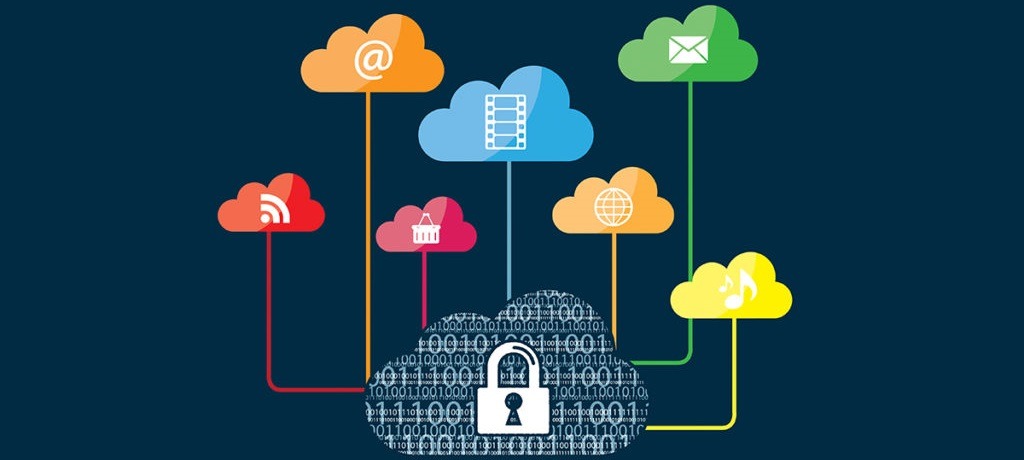
Data security is the most important concern among users. If your app does not guarantee that users’ data is safe and will not be used by third-party companies, then they will not use it.
If personal profiles are not secure, it could be used without the owner’s permission in third-party marketing campaigns. In order to avoid risks, you must offer multistage verification (via email, phone number, Facebook, or other social accounts) with geo checking.
You can also rise the security of your user data by sharing content-encryption that includes end-to-end technology and in-house encryption protocol with changing cryptographic keys.
#3. Handling Ubiquity
Users’ demands are increasing day by day and they expect their messaging app to work as a tool for everything.
For instance, Facebook Messenger can not only send texts but also send photos, videos, money, and even play games without downloading another app or visiting the website. Its main advantage is to function as an ultimate customer support tool with chatbots.
Chatbots are programmed to engage with messages. They respond based on keywords and use machine learning to adapt their responses to fit the situation. Messenger apps include API to build chatbots that can interact with users.
Summary
We have already witnessed continuous growth in the market of messaging apps. Therefore, by creating a messaging app, you still have the opportunity to get a decent market share. Since messaging apps are the future of communication, you can encourage your target audience to stay connected with your brand or product via a real-time chat app.
Willing to create your messaging app?
Contact us at +91-7307242527 or drop your email at info@graycelltech.com.
